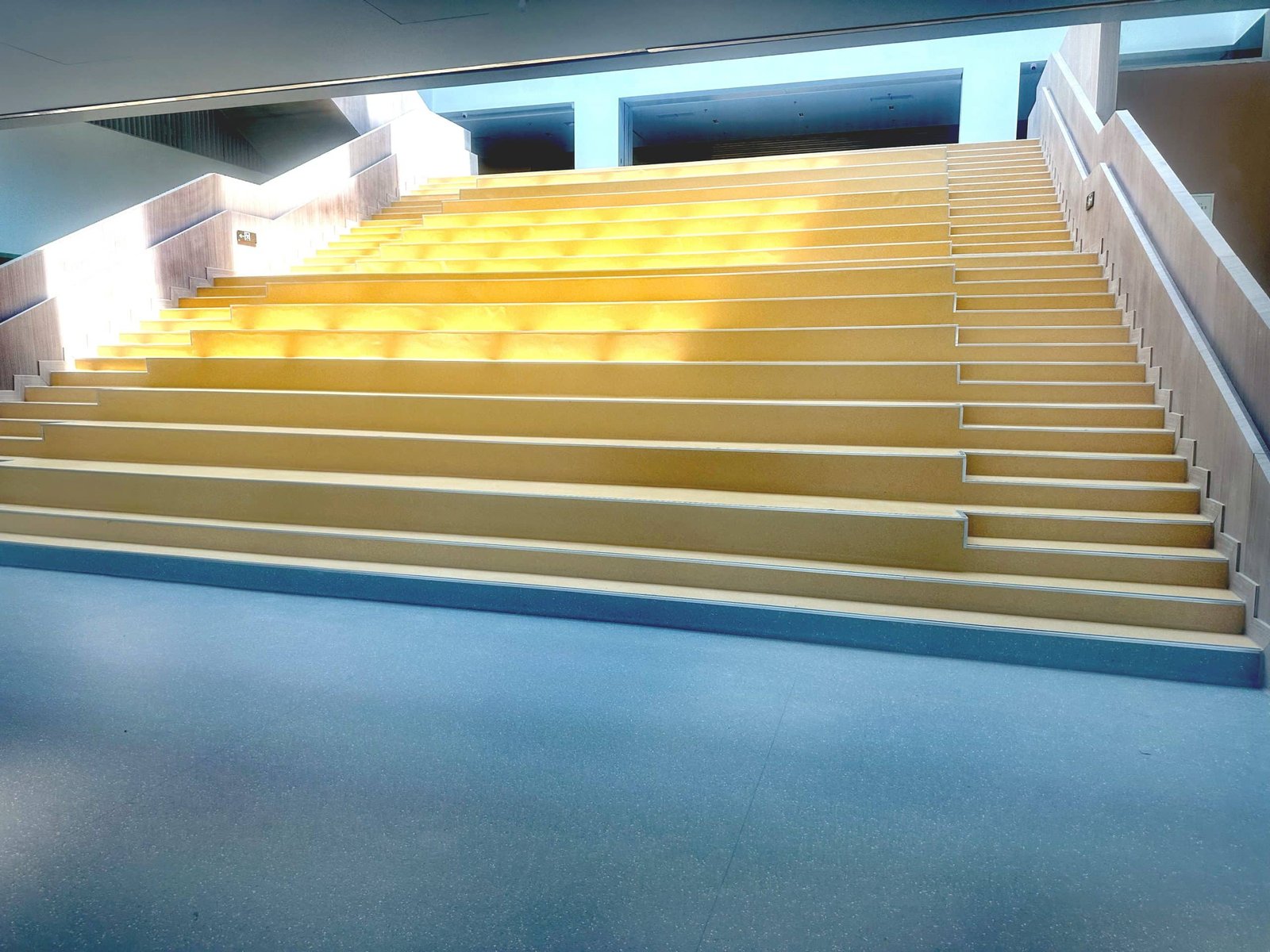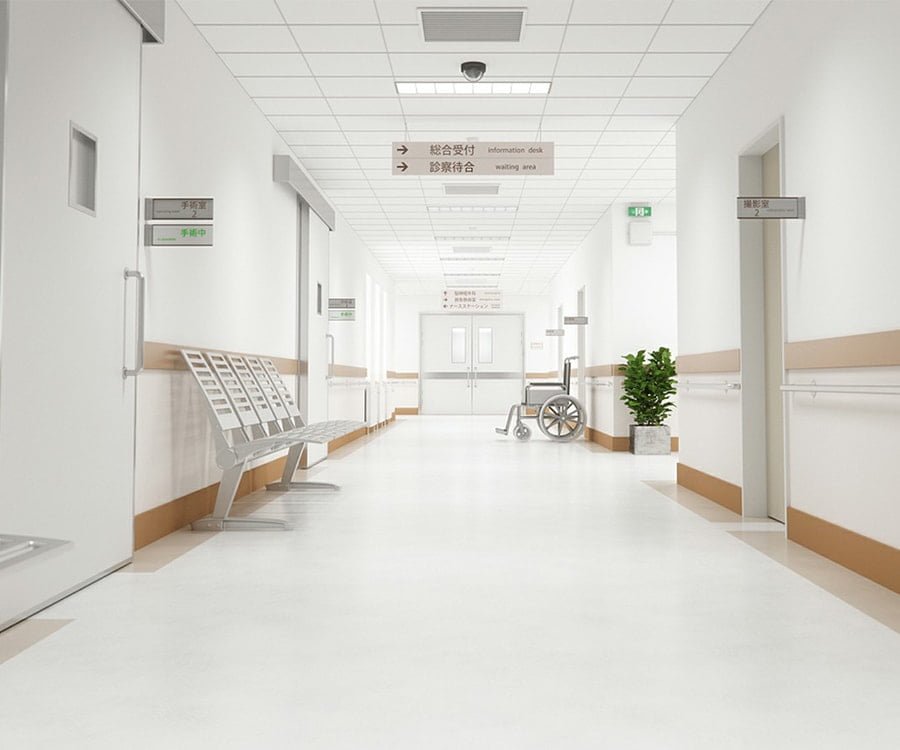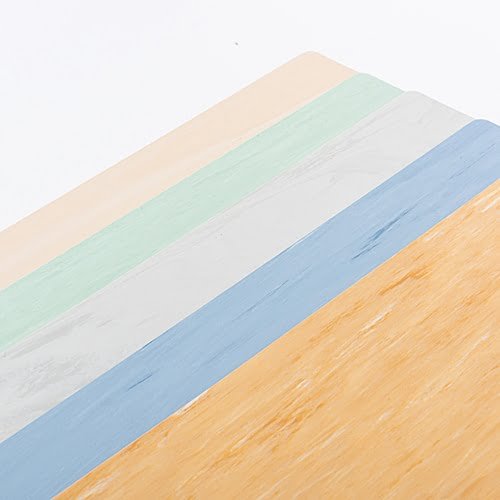What is PVC? You can encounter and hear this concept in many fields. However, not everyone understands the concept of this product. How is the application of this product in life? Please refer to the content below for more information!
Main content
- What is PVC?
- The origin of PVC plastic
- PVC types in practice
- What are the characteristics of PVC? What are the advantages and disadvantages?
- The application of PVC in life
- Is PVC plastic toxic?
What is PVC?
PVC plastic is a familiar material used in many areas of life. This includes manufacturing. In particular, this material is used in the production of alternative materials to reduce cost pressures and the scarcity of virgin materials.
The full name of this material is polyvinyl chloride. This is the earliest material born in the history of the plastic industry and belongs to the primary plastic line. They are created by the process of artificially synthesizing vinyl chloride by exposure to sunlight. It is also the third most productive plastic after polyethylene and polypropylene.
Materials come in many different forms. Other additives are also added depending on the purpose of use and production. It’s no surprise that products made from this material have excellent durability. The source of the raw material can be easily recycled, so it is eco-friendly and can be used in a sustainable way.
The origin of PVC plastic
According to research, PVC was discovered by French scientist Henri Victor Regnault in 1835. When he tried exposing the test tube containing the vinyl chloride solution to sunlight, it produced a white powder. However, no one knew its chemical properties, so PVC could not be identified at that time
It was not until 1912 that PVC was officially announced and more fully studied and spread around the world by two German scientists, Fritz Klatte and Russian Iwan Ostromislensky. But at that time, PVC production was not paid much attention due to instability, difficult processing, low technical level and lack of backwardness.
By 1926, Dr. Waldo Semon’s ground-breaking invention discovered a way to plasticize PVC, overcoming previously unattainable shortcomings when processing PVC. After that, research into the manufacture of stabilizers for PVC arose, and by 1937, when the shortcomings of previous inventions were overcome, PVC plastic was widely mass-produced in the United States and Germany.
Therefore, after the application of large-scale production in the United States and Germany, the PVC production model has spread to the world. And now it has become an indispensable substance in the material manufacturing industry due to its very good water resistance, static resistance, corrosion resistance and oxidation resistance.
PVC types in practice
In actual production, PVC can be divided into the following categories.
- Flexible PVC: Also known as PVC-P. The material is made by adding a PVC-compatible plastic with reduced crystallinity. The addition of plasticizers makes PVC softer and more transparent than other types.
- Rigid PVC form: also known as UPVC, PVC-U: high hardness material. It also has good impact resistance. Some plastic enclosures are chemically resistant and effectively waterproof.
- Polyvinyl Chloride, Chlorinated Perchloroethylene: This material is prepared and manufactured by chlorinating PVC resin. The extra amount of chlorine will create durability and increase fire resistance while stabilizing the chemical properties of the product.
- Particle-oriented form of PVC: The material form is formed by rearranging the structure of PVC-U into a layered structure. The material has good load-carrying capacity while increasing stiffness.
- Modified PVC form: Helps to increase the durability and rigidity of the created product. The type of material formed by the mechanism of adding a transforming agent.
What are the characteristics of PVC? What are the advantages and disadvantages?
According to the usual and most common classification, PVC is available in two forms: powder and tablet form. The following are the outstanding properties of this material.
The following are the main properties of PVC materials
|
Characteristic |
Value, Nnit |
| specific weight | 1.45 – 1.50 g/cm³ |
| tensile strength at break | 500 – 700kg/cm2 |
| Bending strength limit | 800 – 1,200kg/cm2 |
| compressive strength limit | 800 – 1,600kg/cm2 |
| modulus | 4,000 – 10,000 kg/cm2 |
| Elongation at break | 10 – 25% |
| long coefficient of expansion | 0.0006 – 0.00007 |
| Thermal Conductivity | 3.8 – 4.10-4 W/(m·K) |
| breakdown voltage | 15-35 kV/cm |
| Dielectric Constant (60Hz, 30°C) | 3.54 |
| Resistivity | 1015Ω.cm |
Advantages and disadvantages of PVC
PVC is a highly suitable material due to the following outstanding advantages
| Advantages of PVC | Disadvantages of PVC |
|
|
The application of PVC in life
PVC plastic is used in many areas of life. Therefore, it is a popular material model due to its durability and rigidity. The following are applications of this material.
- Production of paving materials
Wood grain vinyl flooring is made of PVC as the main material and combined with additives. This product has a delicate and beautiful wood grain surface. Plastic floors offer high durability and excellent longevity. The material has excellent scratch resistance and easily adapts to many different spaces. From living room to kitchen.
- Printing production
PVC is used to produce plastic labels. This type of seal has good waterproof performance and high toughness. In addition, both the stamp and ink life are very durable. As such, they are used to print jewelry stamps, to print frozen seafood stamps, or to be used in outdoor settings.
- Water pipe production
Due to its rigidity, this material is used to make pipes. Pipes are often used for water supply and drainage. The outstanding properties of this product are its corrosion resistance, durability and chemical resistance. Therefore, there are many different types of pipes made of this material.
- Cable
Cable production is one of the applications of PVC plastic material. Its strong, durable and weatherproof properties are why this material is used in the manufacture of cable systems. Including production cables.
- Production of various coated sheets
When PVC are added, the material can be adjusted to the desired ductility. Therefore, it is very suitable for use as a film. The most typical of these are tarpaulins used to cover raincoats or product packaging, used to make plastic bottle labels.
Is PVC plastic toxic?
From its appearance to 1970, PVC plastics have been widely used in many fields. Because PVC is considered to have high durability and low cost.
However, since 1970, some studies have shown that PVC contains vinyl chloride. This is a substance that can cause cancer. But there is a very small amount of chlorine in the composition of PVC. It is unlikely to directly affect human health. But it is only widely used in the production of toys, bags, PVC sheets, etc., and only in the fields related to food and human health.
Therefore, the use of this material is limited, especially in areas related to food and human health.
Above is all the information we want to share with you about what PVC is. Among them, there is the application of artificial wood floors in houses. The composition of plastic floors, with the exception of PVC, does not contain harmful additives. Therefore, the product is safe for human health. Contact U2U for advice and support when you need to use PVC flooring.







